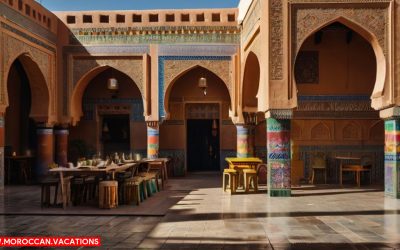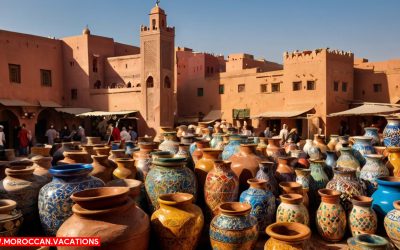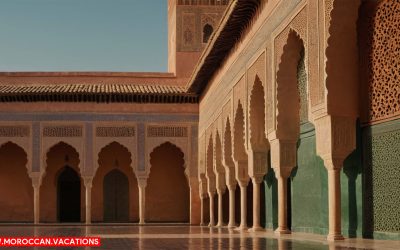Historical Roots of Berber Art
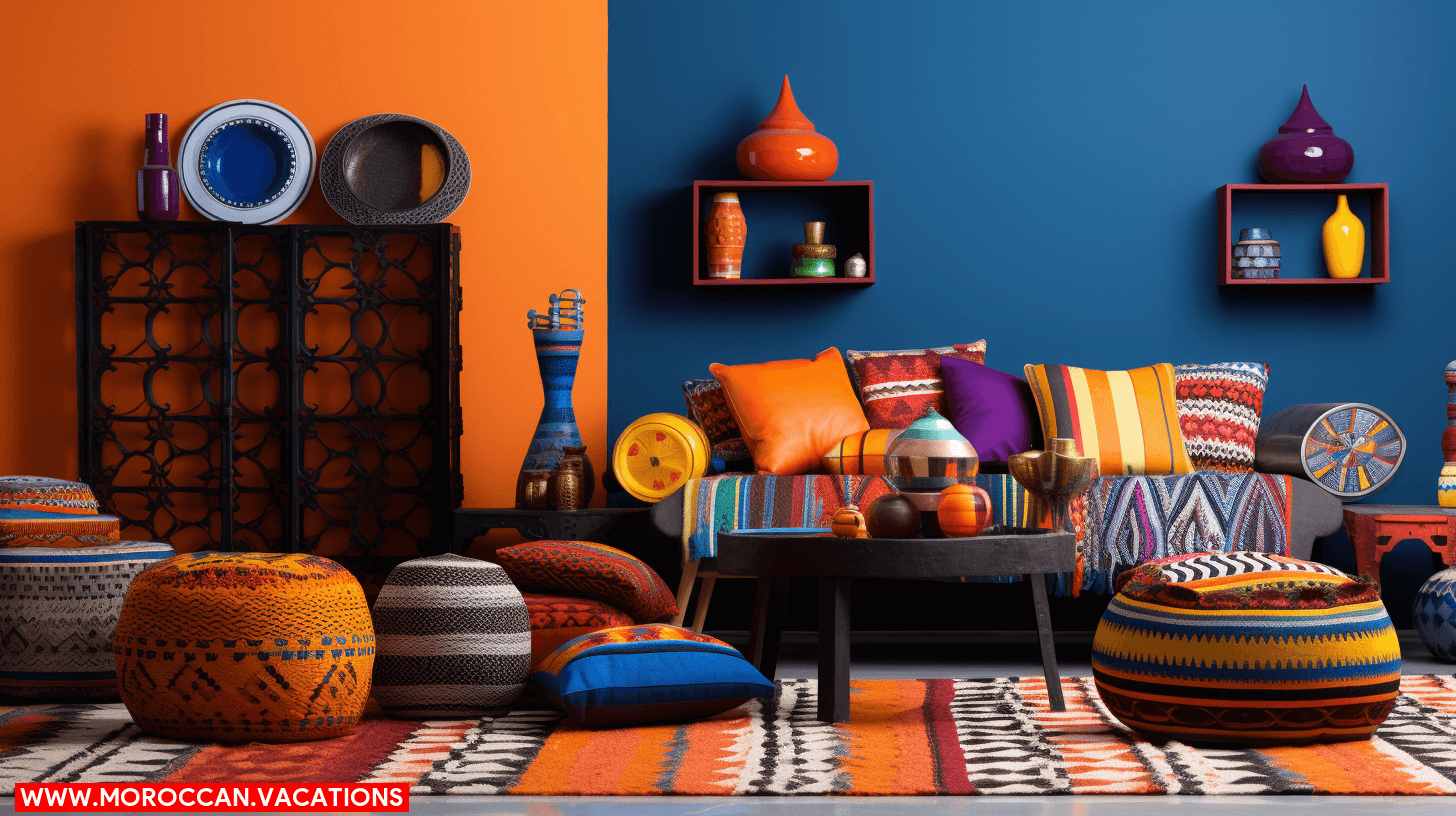

Are you ready to discover the vibrant and awe-inspiring influence of Berber art in Marrakesh‘s contemporary scene? Prepare to be mesmerized as we delve into the historical roots, traditional techniques, and symbolic meanings that make Berber art so captivating. From its fusion of traditional and modern elements to its profound impact on the city’s art scene, this article will take you on a journey of artistic freedom and inspiration. Get ready to be amazed by the power of Berber art in Marrakesh.
The historical roots of Berber art can be traced back to ancient times when the Berber people developed a rich artistic tradition. Their art was deeply influenced by the vibrant culture and diverse landscapes of North Africa. From intricate pottery and ceramics to colorful textiles and intricate jewelry, Berber art was a testament to their creativity and skill.
One of the most remarkable aspects of Berber art is its influence on contemporary design. The bold patterns and vibrant colors that are characteristic of Berber art can be seen in modern-day fashion, interior design, and even graphic design. The geometric motifs and intricate details are often incorporated into contemporary pieces, adding a touch of cultural authenticity and uniqueness.
In addition to its influence on contemporary design, Berber art also plays a significant role in cultural preservation efforts. Through the preservation and promotion of traditional artistic techniques, the Berber people are able to keep their cultural heritage alive. By passing down their artistic traditions from one generation to another, they ensure that their rich history and unique identity are not forgotten.
Traditional Techniques and Materials
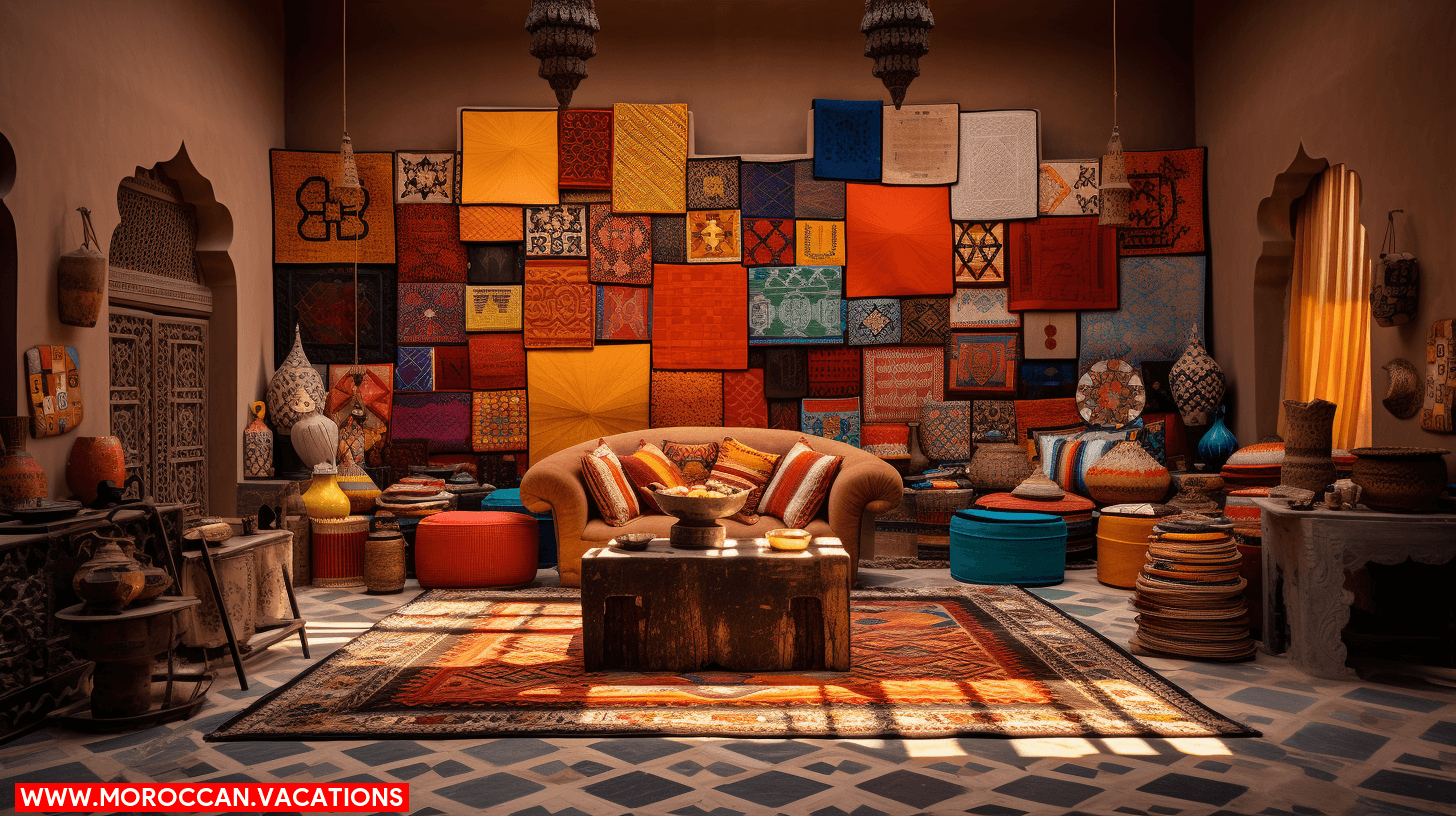

One of the key aspects of Berber art is its utilization of a wide range of traditional techniques and materials. Indigenous craftsmanship plays a vital role in the creation of Berber artworks, ensuring the preservation of cultural heritage. These techniques have been passed down through generations, embodying the rich history and traditions of the Berber people.
The table below provides an overview of some of the traditional techniques and materials commonly used in Berber art:
| Technique | Material | Description |
| Weaving | Wool, cotton, silk | Weaving is a fundamental technique used in Berber textiles. Intricate patterns and designs are created using traditional looms. |
| Pottery | Clay, natural pigments | Berber pottery is known for its distinctive shapes and intricate hand-painted designs. The use of natural pigments adds vibrant colors to the pieces. |
| Metalwork | Silver, copper, brass | Berber metalwork showcases intricate filigree patterns and decorative motifs. Skilled artisans meticulously handcraft jewelry and other metal objects. |
| Woodcarving | Walnut, cedar, olive wood | Woodcarving is a traditional craft in Berber culture. Artisans create intricate patterns and designs on furniture, doors, and decorative items. |
The use of these traditional techniques and materials not only reflects the artistic prowess of the Berber people but also serves as a means of preserving their cultural heritage. Through the continuation of these age-old practices, Berber art remains a testament to the rich and vibrant history of the community.
Symbolism and Meaning in Berber Art
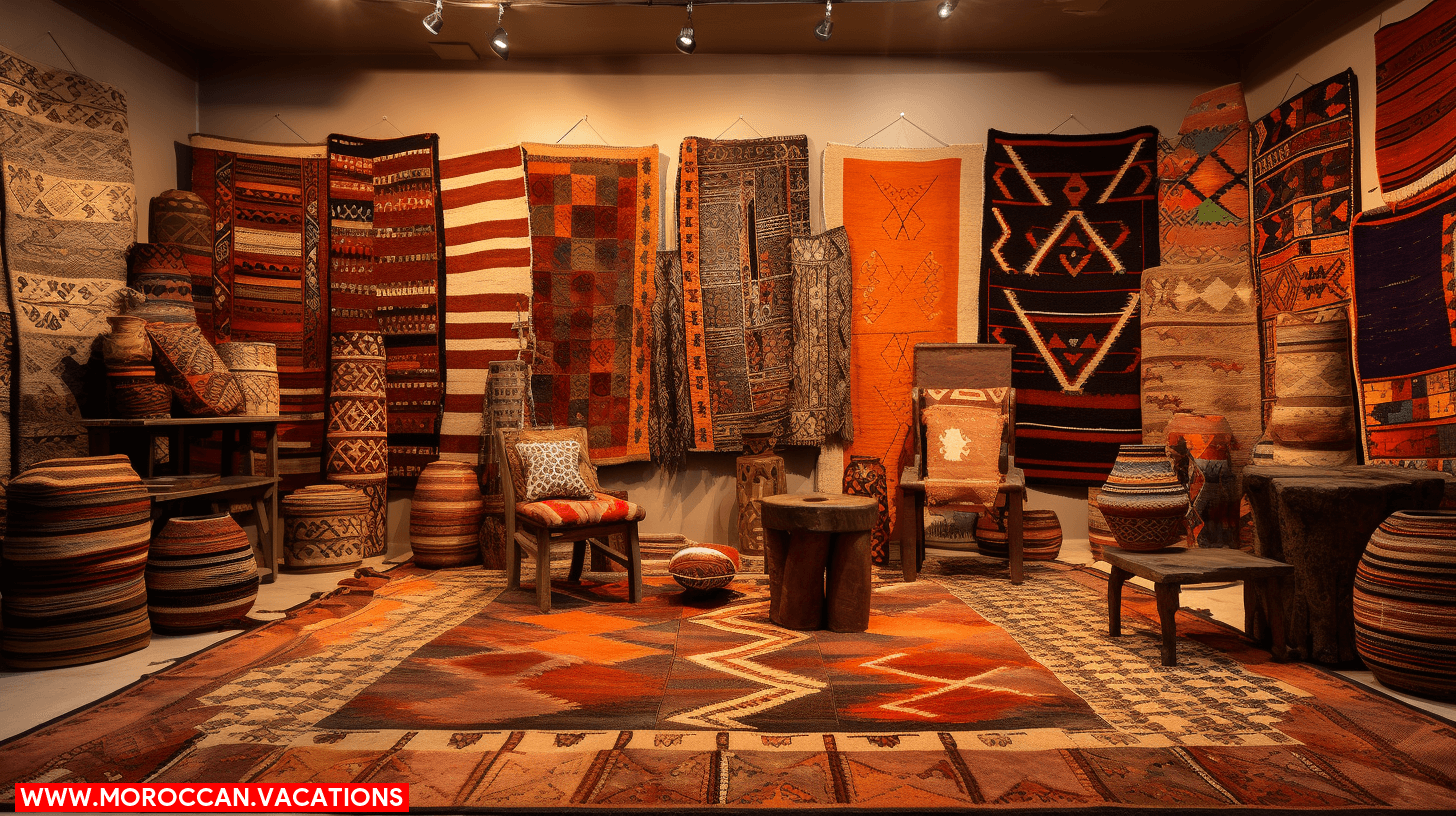

Explore the hidden depths of symbolism and meaning embedded within Berber art. This ancient art form is rich with cultural preservation and artistic expression, offering a glimpse into the beliefs and values of the Berber people. Delve into the intricate details and discover the stories that lie beneath the surface.
- Nature: Berber art often incorporates elements of nature, such as animals, plants, and landscapes. These symbols represent the deep connection between the Berber people and their environment, emphasizing their respect for nature’s power and abundance.
- Protection: Many Berber artworks feature symbols of protection, such as the hand of Fatima or the evil eye. These symbols serve as talismans against evil and are believed to bring good fortune and ward off harm. They reflect the Berber people’s desire for protection and their belief in the power of amulets.
- Ancestral Wisdom: Berber art also pays homage to the wisdom and teachings of ancestors. Symbols like geometric patterns and intricate motifs represent the knowledge passed down through generations, reminding the Berber people of their roots and the importance of cultural continuity.
Through the intricate symbolism and meaningful motifs found in Berber art, we gain a deeper understanding of the Berber culture’s values and beliefs. It serves as a powerful reminder of the importance of cultural preservation and artistic expression, allowing the Berber people to continue sharing their stories and heritage with the world.
Berber Art as Inspiration for Contemporary Artists
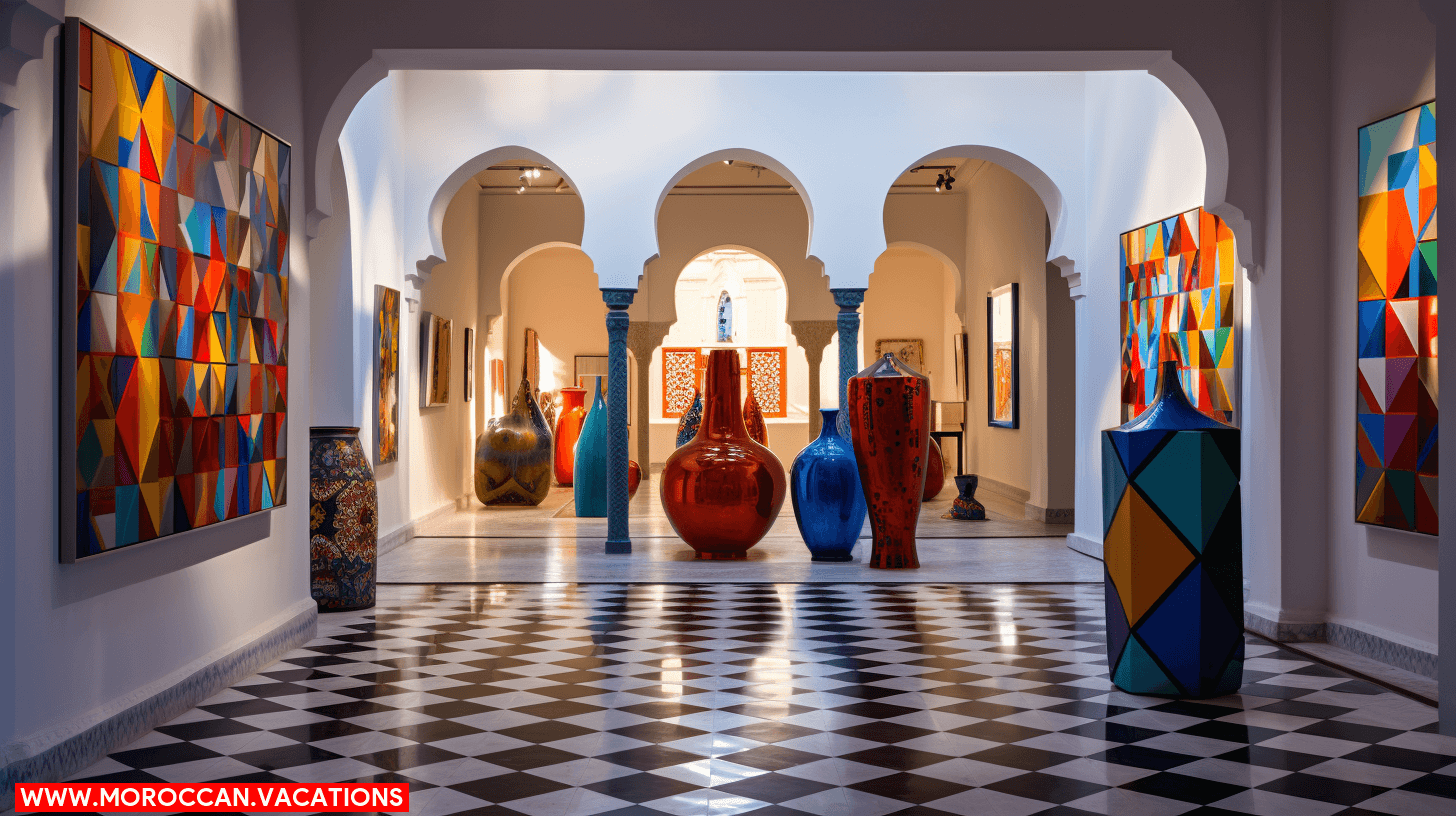

Delving into the hidden depths of symbolism and meaning in Berber art, contemporary artists in Marrakesh are inspired by its rich cultural heritage. The vibrant patterns and intricate designs of Berber art have found their way into various forms of contemporary artistic expression, including fashion and architecture.
In the realm of fashion, Berber art has become a source of inspiration for designers seeking to create unique and culturally significant pieces. The bold colors and geometric motifs of Berber textiles are often incorporated into modern clothing, adding a touch of Moroccan tradition to contemporary fashion trends. From intricately embroidered garments to accessories adorned with Berber-inspired patterns, designers are embracing the beauty and cultural significance of Berber art.
Moreover, Berber art has also influenced the field of architecture in Marrakesh. The geometric patterns and motifs found in Berber art have been translated into architectural elements, such as intricate tile work, carved wood, and decorative metalwork. These elements are often used to adorn buildings, adding a touch of traditional Berber aesthetics to contemporary architectural designs.
In both fashion and architecture, contemporary artists in Marrakesh are embracing the rich heritage of Berber art and integrating its symbolism and meaning into their creative works. By doing so, they not only pay homage to the Berber culture but also create a fusion of tradition and modernity that speaks to the freedom of artistic expression.
Fusion of Traditional and Modern Elements
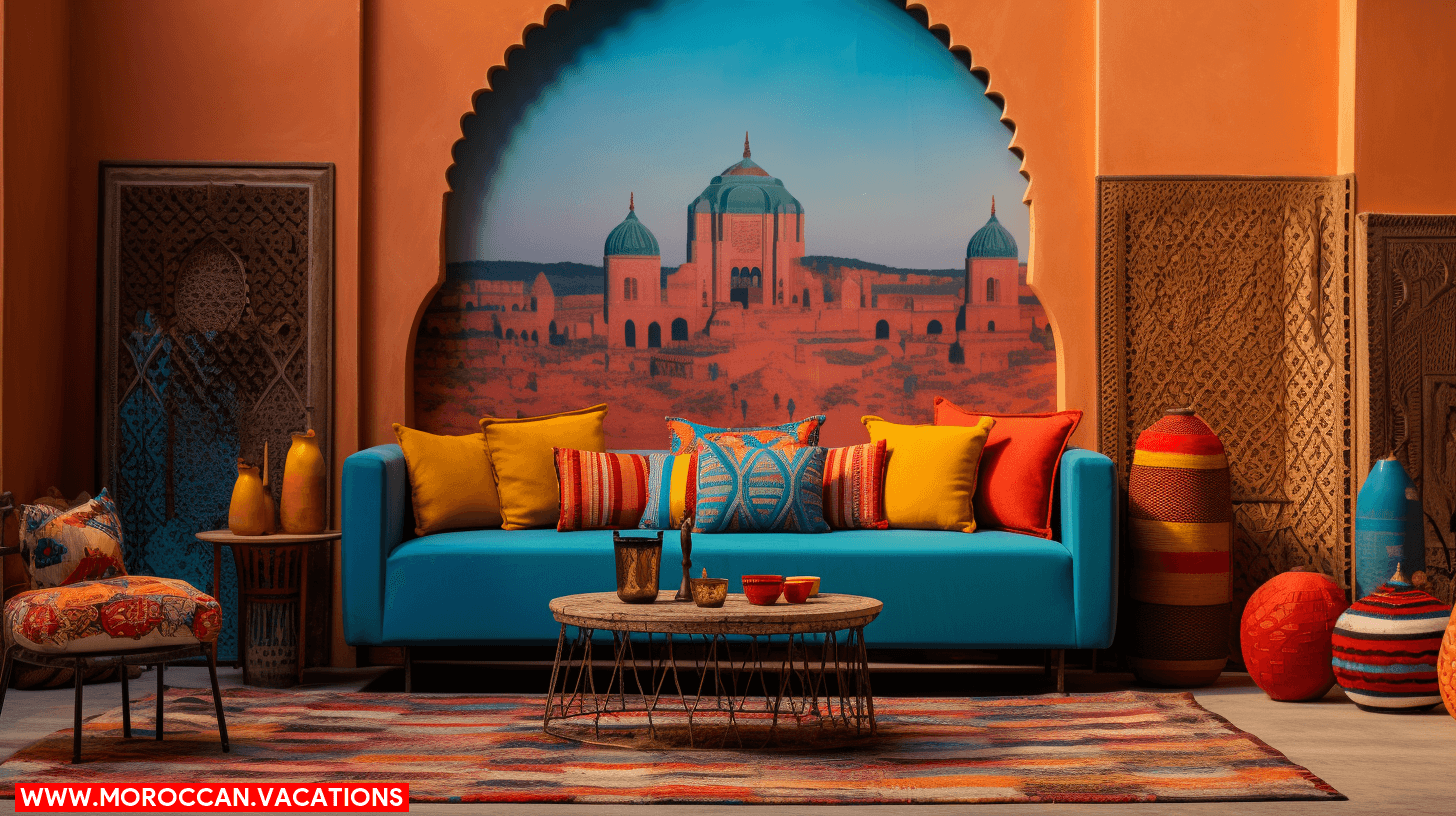

By blending traditional and modern elements, you can witness the dynamic evolution of Berber art in Marrakesh’s contemporary scene. This fusion creates a captivating blend of the old and the new, breathing new life into the rich cultural heritage of the Berber people. Traditional craftsmanship, passed down through generations, intertwines with innovative techniques and materials, resulting in a visual feast that appeals to the senses and speaks to the soul.
In this fusion of traditional and modern, the spirit of cultural preservation is alive and thriving. Artists draw inspiration from ancient Berber motifs, incorporating them into contemporary art forms. This not only keeps the traditions alive but also introduces them to a wider audience, ensuring their survival for generations to come.
The fusion of traditional and modern elements in Berber art also evokes a sense of freedom. It breaks free from the constraints of tradition, allowing artists to experiment and push the boundaries of their craft. This freedom of expression breathes new life into traditional art forms, infusing them with contemporary relevance and resonance.
Witnessing the fusion of traditional and modern elements in Berber art is a truly transformative experience. It is a celebration of cultural heritage, a testament to the resilience of traditional craftsmanship, and a testament to the power of art to transcend time and space.
Impact of Berber Art on Marrakesh’s Art Scene
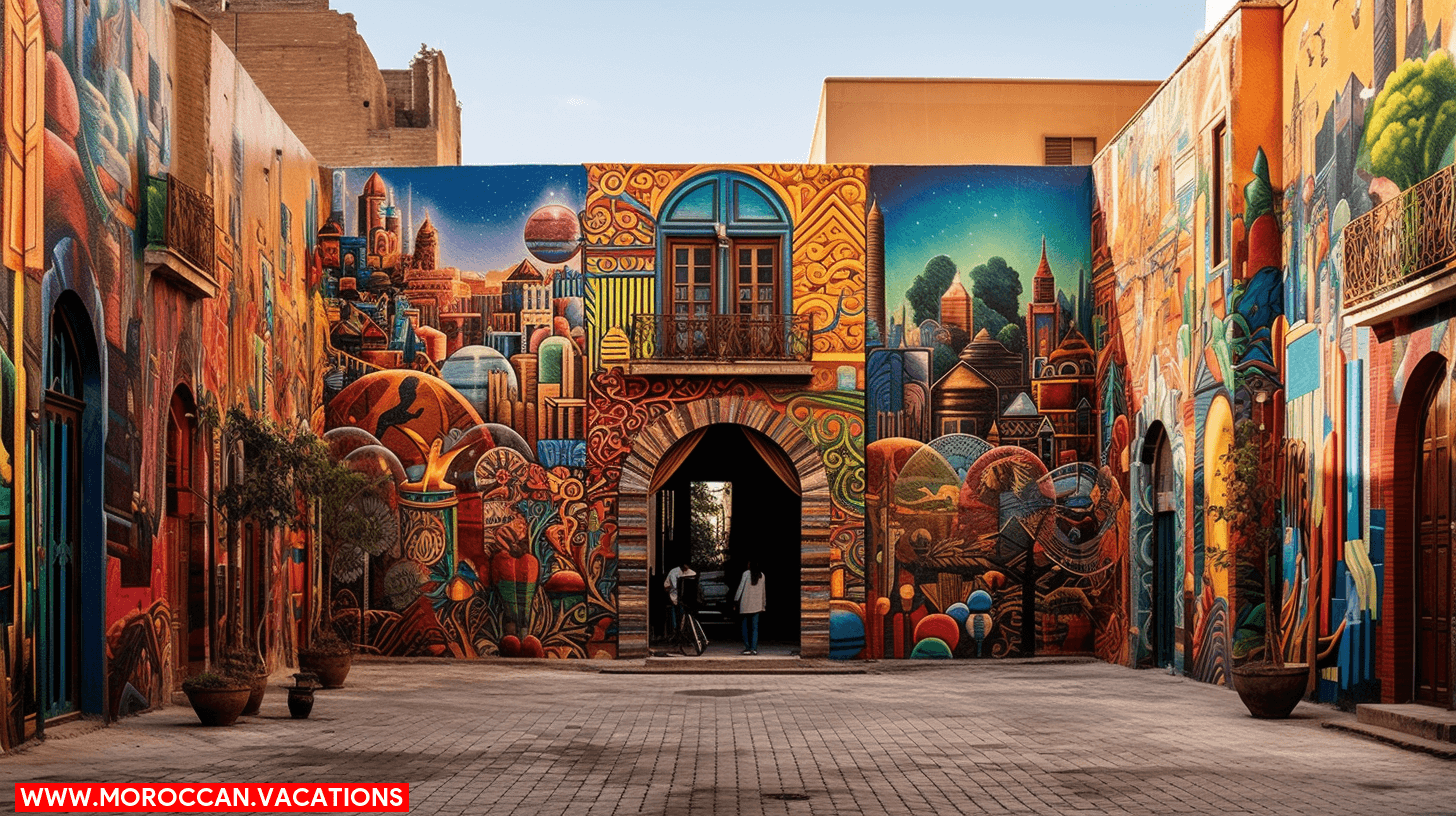

Berber art has had a profound impact on Marrakesh’s art scene. The rich cultural heritage of the Berber people, who are indigenous to North Africa, has been a source of inspiration for artists in Marrakesh. Through their art, they have not only preserved the cultural traditions of the Berber people but also brought about artistic innovation in the city.
Marrakesh is known for its vibrant art scene, and the influence of Berber art is evident in the works of many local artists. The intricate geometric patterns, bold colors, and symbolic motifs that are characteristic of Berber art can be seen in various art forms, including painting, sculpture, and textile design. The artists in Marrakesh have embraced these elements and incorporated them into their own artistic expressions, creating a unique fusion of traditional and contemporary styles.
The impact of Berber art on Marrakesh’s art scene goes beyond aesthetics. It has sparked a cultural renaissance, where artists are rediscovering and celebrating their Berber roots. Through their art, they are not only preserving the cultural heritage of the Berber people but also redefining and reinterpreting it for a modern audience. This artistic innovation has brought new perspectives and narratives to the forefront, challenging the traditional notions of art and culture in Marrakesh.
Introducing Ayoub Karbachi, a brilliant wordsmith and curator of the Moroccan Vacations website. Prepare to immerse yourself in mesmerizing narratives and extraordinary moments, as he unveils the allure of Morocco's captivating destinations like never before.
Related Articles
The Intersection of Tradition and Modernity: Marrakesh's Art Scene
The Rich Heritage of Marrakesh's Art Step into the vibrant world of Marrakesh's art scene, where tradition and modernity collide in a captivating dance. Here, ancient crafts intertwine with contemporary artistry, creating a tapestry of creativity that will leave you...
Marrakesh's Art Workshops: A Hands-On Experience of Creativity
Exploring Marrakesh's Artistic Heritage Are you ready to unleash your creative potential? Look no further than Marrakesh's art workshops, where you can immerse yourself in a vibrant culture and learn new techniques and mediums. These hands-on experiences will allow...
The Symbolism in Marrakesh's Architectural Details
Uncover the rich symbolism woven into Marrakesh’s architectural details. From intricate tilework to ornate carvings, explore the cultural significance behind the city’s stunning landmarks. Embark on a journey of discovery through Marrakesh’s hidden meanings and timeless beauty.

